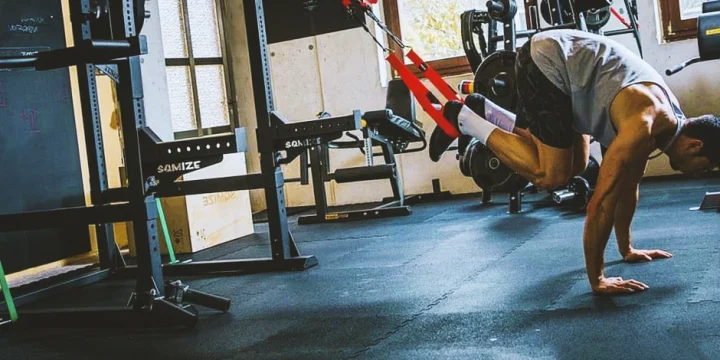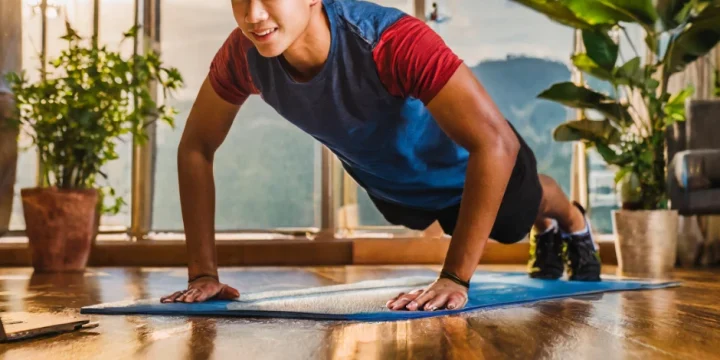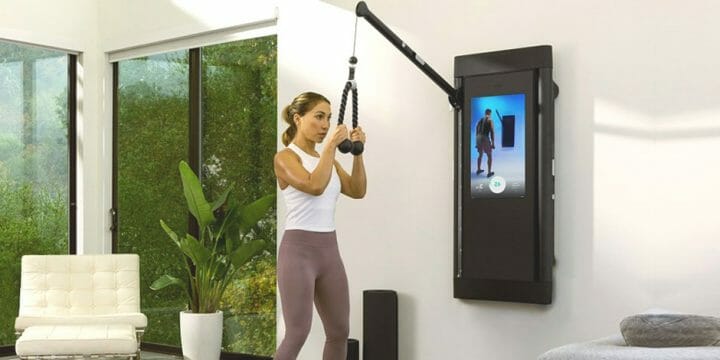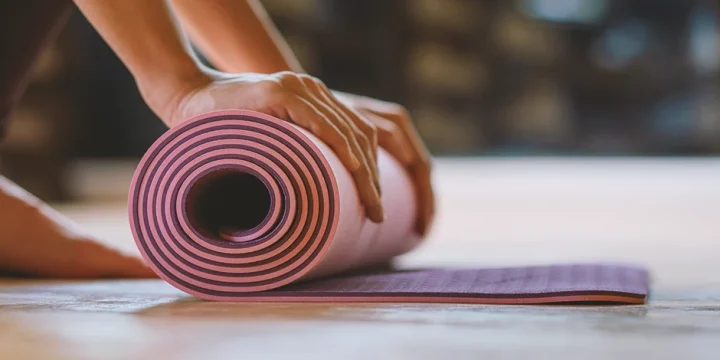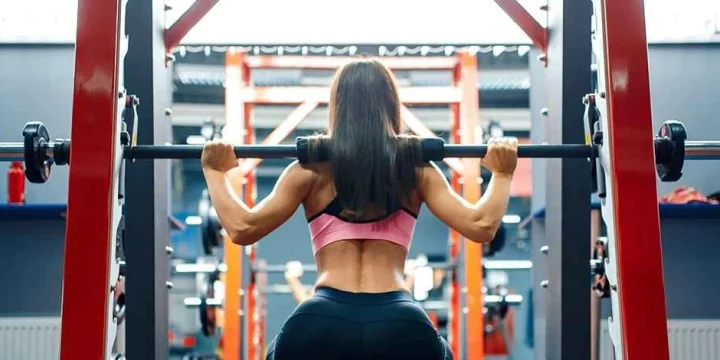Many clients asked about setting up home gyms during the Covid lockdown due to the closure of commercial gyms.
I organized a meeting to discuss optimal home gym locations based on personal experiences.
The meeting yielded a lot of useful insights, so let’s dive right in.
Quick Summary
- The ideal location for a home gym combines proper ventilation, lighting, and privacy, and is contingent on the unused space available in your home.
- Popular choices for home gyms include attics, garages, basements, offices, or bedrooms, each offering unique advantages based on space and design considerations.
- Efficient storage solutions, like wall-mounted racks, can increase gym space efficiency by up to 30%, ensuring an organized and practical workout area.
- In my opinion, the flexibility of converting various home spaces into a gym highlights the increasing importance of adaptable fitness solutions in modern lifestyles.
How to Find a Suitable Place for a Home Gym?
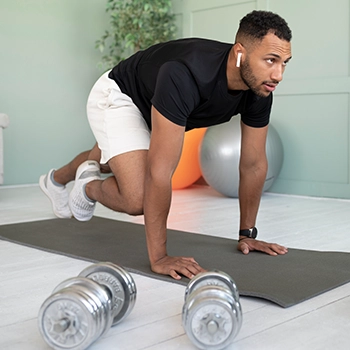
Evaluate your home's spaces for adequate room, equipment storage, and ventilation to identify the most suitable location for your home gym.
You need to check if a particular room has good lighting and airflow that enables you to exercise and sweat a lot.
Also, you should pick a room with less foot traffic so your workout sessions will be uninterrupted.
It doesn’t have to be a large space, as practically any room could be transformed into a home gym with good design and a strong enough commitment to exercise.
You should also opt for home-friendly compact gym machines that don’t take up too much space, and that won’t break the bank, either.
Prioritize acoustics to minimize noise, ensure flooring can support gym equipment, and consider proximity to water or bathrooms for workout convenience. A well-chosen space should facilitate your fitness routine and integrate with your daily life.
What Are the Most Common Places?

Common home gym locations include garages, attics, bedrooms, basements, and offices.
The ideal location also depends on the size of your home, your budget, and your preferred workout methods.
Let’s explore these common places for home gyms more closely.
1. Attic
A spacious attic without exposed insulation can be transformed into a home gym.
You’ll have to check if the floor joists are properly braced (especially if you plan to use heavy equipment and weights) and enclose the walls with drywall.
Ideally, you will need an air conditioner or at least a fan since it can become really warm up there.
2. Garage
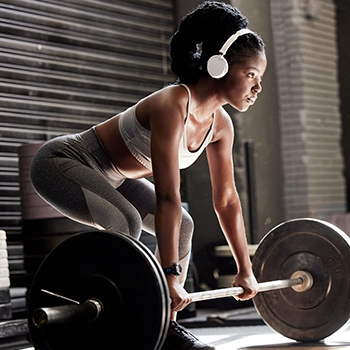
The garage can be easily transformed into a commodious home gym space if you don’t use it for its original purpose.
And if detached, a garage gym can be a place that offers peace and quiet, free from family distractions.
The garage’s ample space allows you to accommodate large equipment pieces like a stationary bike, treadmill, or weight rack. For garages, add rubber flooring and insulation for temperature control.
If the weather is not too hot or cold, you can also open the garage door and enjoy the fresh air.
3. Basement
One of the best home gym solutions when you don't have a garage is your basement. Basements often have some leftover space since the basement’s square footage is usually larger than a single room in most houses.
However, lower ceilings may restrict some movements, like jumping jacks or jump ropes.
In any case, to transform it into a gym, you should install adequate lighting, a few mirrors, and floor mats that are a must-have to cushion the joint-damaging concrete floors, as instructed by the article published by The Guardian [1].
Ideally, you should add a dehumidifier to your list of fitness equipment to reduce any potential dampness in the air.
4. Office
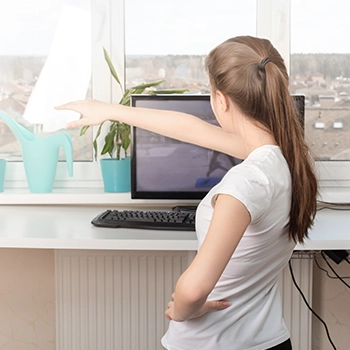
In small homes, consider a multi-purpose room for your home gym. For instance, you can split your office space between two uses.
The office might be a suitable workout space since your brain doesn’t associate it with relaxation.
If you have a closet or some drawers in the fitness area of your office, you can use them to store some lighter workout equipment, such as resistance bands, yoga mats, and small weights.
5. Bedroom
If you are blessed enough to have an unused bedroom, it’s a prime candidate for a home gym area.
It’s an ideal gym space since it has a door for privacy, carpeted flooring, and closets to store small equipment.
You can always install some gym rubber flooring to ensure nothing gets damaged, as well as to lower the noise and increase the comfort for your feet and joints.
Related Article: How To Make A Home Gym
How to Store Workout Equipment at Home?
After determining gym space, choose practical and efficient equipment storage methods.
Efficient home gym storage solutions include various storage units, wall-mounted racks, and repurposed furniture. Choose storage options based on your gym's size and the weight of your equipment.
In my home gym, I use an old dresser for storing hand weights and resistance bands, and baskets for smaller items like jump ropes and grip strengtheners. This keeps everything organized and easily accessible.
These storage solutions not only keep your gym organized but also enhance its aesthetic appeal.
Is It OK to Have Home Gym on the Second Floor?
What Are the Best Methods of Moving Home Gym?
Moving a home gym requires careful planning and execution to ensure safety and efficiency. Here are the best methods:
- Inventory and Organize: List all gym equipment. Categorize them by size, weight, and fragility.
- Disassemble Equipment: Disassemble larger or complex equipment like treadmills or weight machines. Keep all screws and small parts in labeled bags for easy reassembly.
- Use Proper Moving Supplies: Utilize sturdy boxes, bubble wrap, and moving blankets to protect equipment. For weights and dumbbells, use small, strong boxes to avoid overloading.
- Secure Loose Weights: Secure dumbbells, barbells, and weight plates with straps or wrap them in blankets to prevent movement.
- Proper Lifting Techniques: Use safe lifting techniques to avoid injury. Bend at the knees and lift with your legs, not your back.
- Rent a Dolly or Hand Truck: For heavy items, use a dolly or hand truck to move them more easily and safely.
- Load Strategically: Load heavy items first and distribute the weight evenly in the moving truck.
- Consider Professional Movers: For very heavy or bulky equipment, consider hiring professional movers who have experience with gym equipment.
- Reassemble with Care: Once in the new location, reassemble equipment according to the manufacturer's instructions.
FAQs
Is It Worth Setting up a Home Gym?
Yes, it is worth setting up a home gym. A home gym will save you money - no more gym membership fees (the initial investment will usually pay itself off in one year), and it saves time, as you don’t have to drive anywhere or wait for your turn.
What Do I Need to Know Before Building a Home Gym?
Before building a home gym, you need to know what type of workout you plan to perform, as that determines how much workout space you need, how to adapt it, and what equipment is necessary.
References:
- https://www.theguardian.com/cities/2019/feb/28/hard-living-what-does-concrete-do-to-our-bodies
About The Author
You May Also Like
